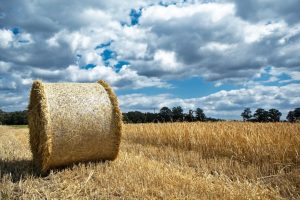
Assessing farm sustainability provides an overview of the various impacts that agriculture has on society. Scientists Chopin et al. recently reviewed 119 tools published to assess farm sustainability. They described 5 groups from stakeholder participation and models used, identified 7 sustainability frameworks utilizing 27 indicators about drivers, pressures or states of the system, but found a lack of impact indicators. They call on developing a novel sustainability framework taking account of agronomic productivity, governance and resilience of farming systems.


